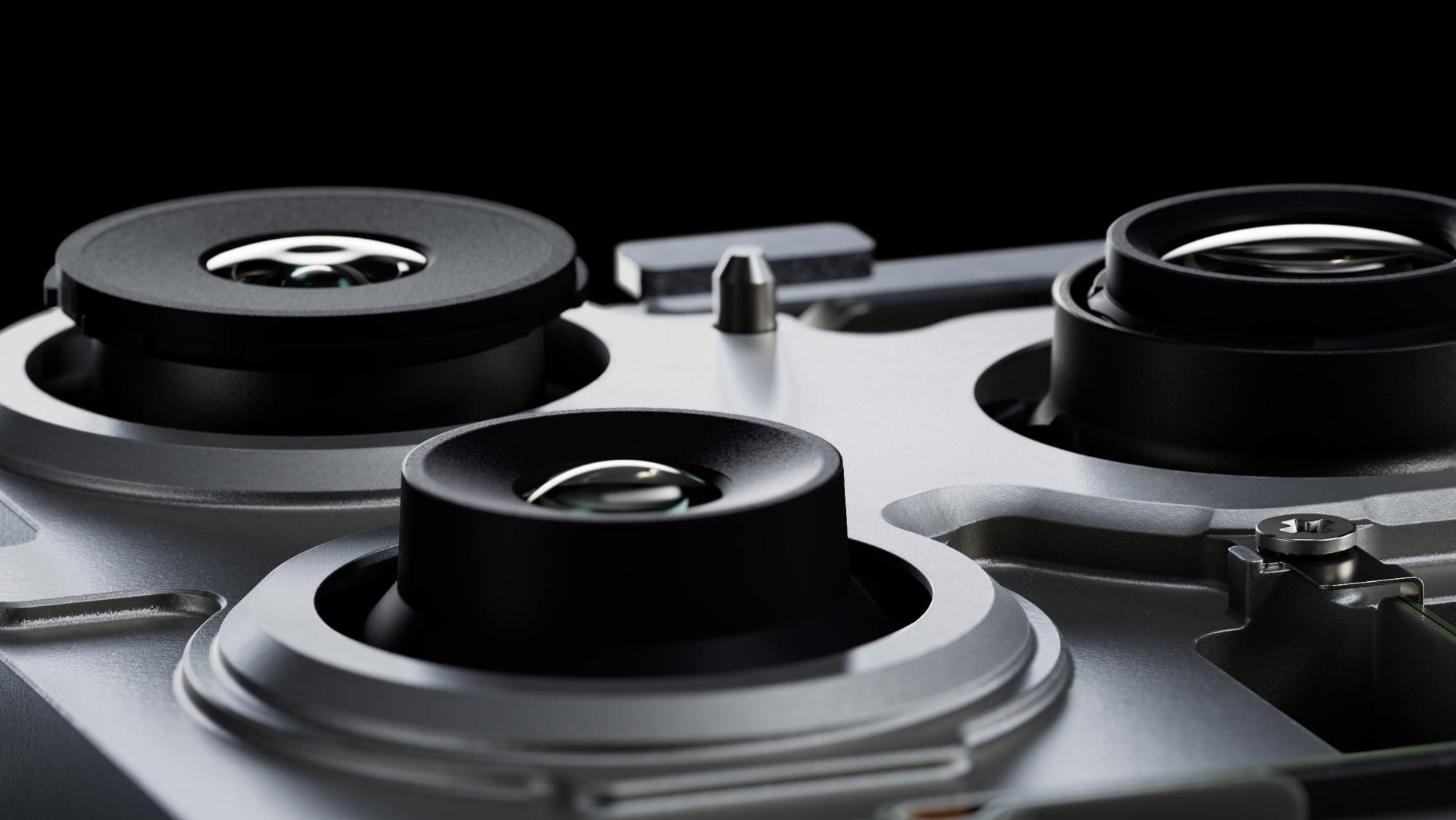
Apple's iPhone 18 Pro models will feature a significantly upgraded rear camera with a variable aperture, ETNews reports.

The Korean-language report claims that only the iPhone 18 Pro and iPhone 18 Pro Max will feature the camera, which will replace the main wide-angle camera on the rear, sitting alongside the ultra-wide and telephoto cameras.
A variable aperture allows the camera to adjust the amount of light that reaches the sensor. This means that in dark environments, the aperture can be opened to receive more light, while in light environments, it can be closed to prevent over-exposure. It also should provide users with greater control over depth of field, which refers to how sharp a subject appears in the foreground compared to the background.
Apple is now moving ahead with plans to bring the technology to next-generation iPhones and is now discussing components with suppliers. The variable camera is reportedly set to be made by LG Innotech and Foxconn, while the actuator is to be manufactured by Chinese companies Luxshare ICT and Sunny Optical.
Apple has never used a variable aperture on an iPhone camera before. The main cameras on all of the iPhone 14 Pro through iPhone 17 Pro models have a fixed aperture of ƒ/1.78, and the lens is always fully open and shooting with this aperture. Samsung Electronics previously brought a variable aperture camera to its Galaxy S9 and Galaxy S10 models in 2018 and 2019, but due to increased thickness and high price, it dropped the feature in 2020.
The report corroborates a rumor from Apple analyst Ming-Chi Kuo shared in December last year. The iPhone 18 Pro and iPhone 18 Pro Max are expected to be announced alongside the iPhone Air 2 and Apple's first foldable iPhone in the fall of 2026.
Article Link: iPhone 18 Pro's Major Camera Upgrade to Be Variable Aperture

